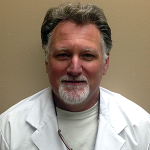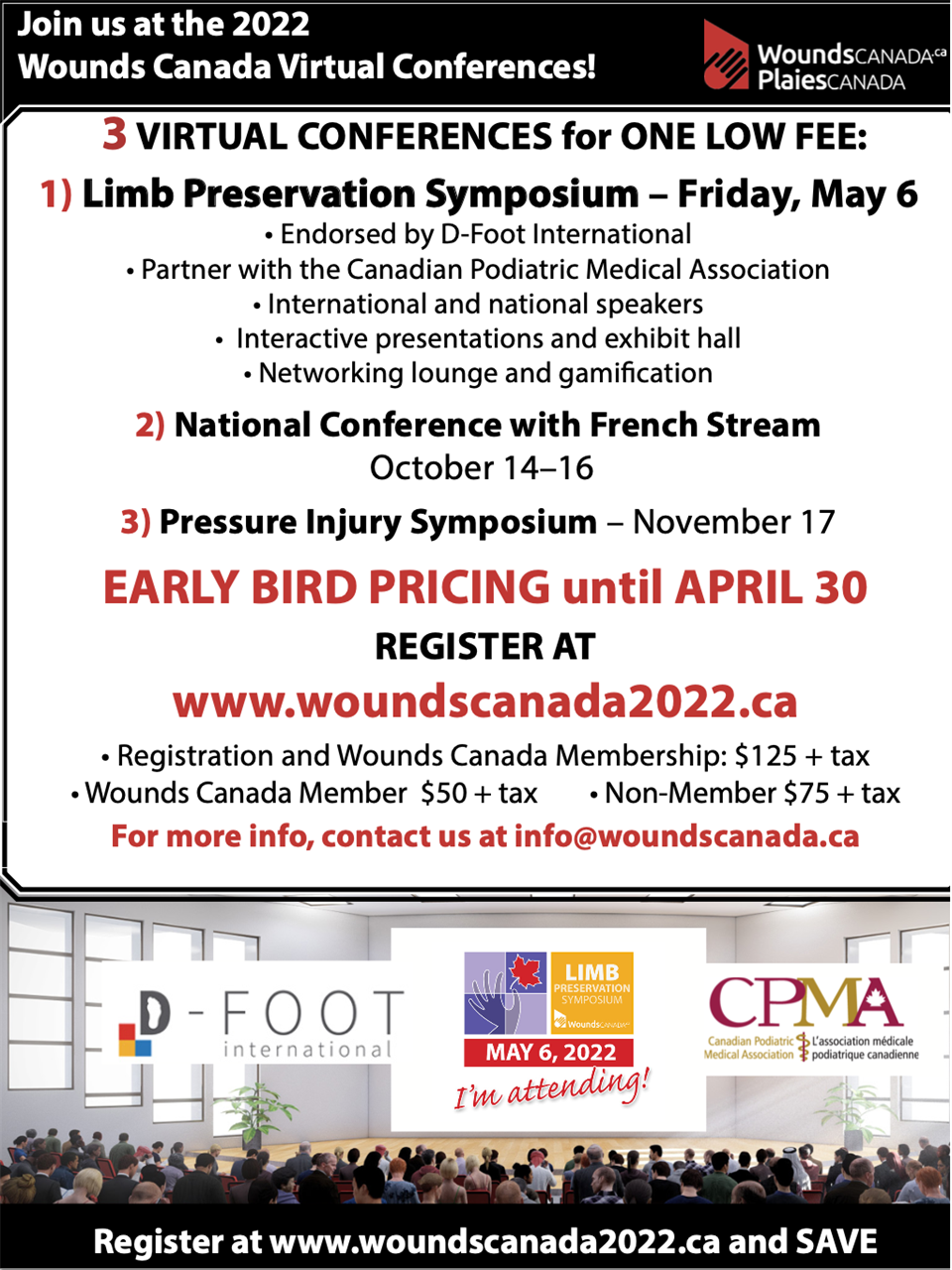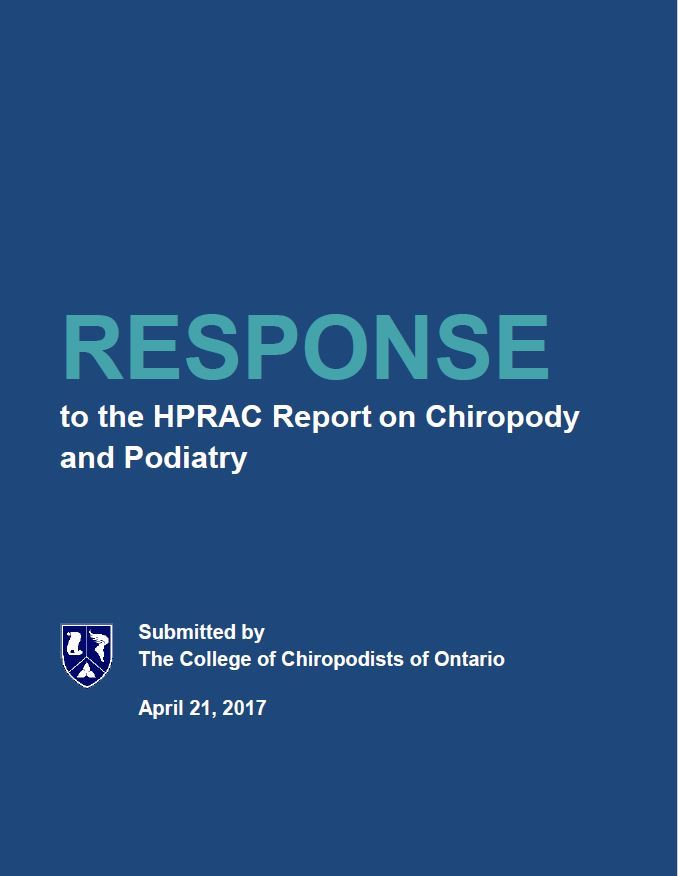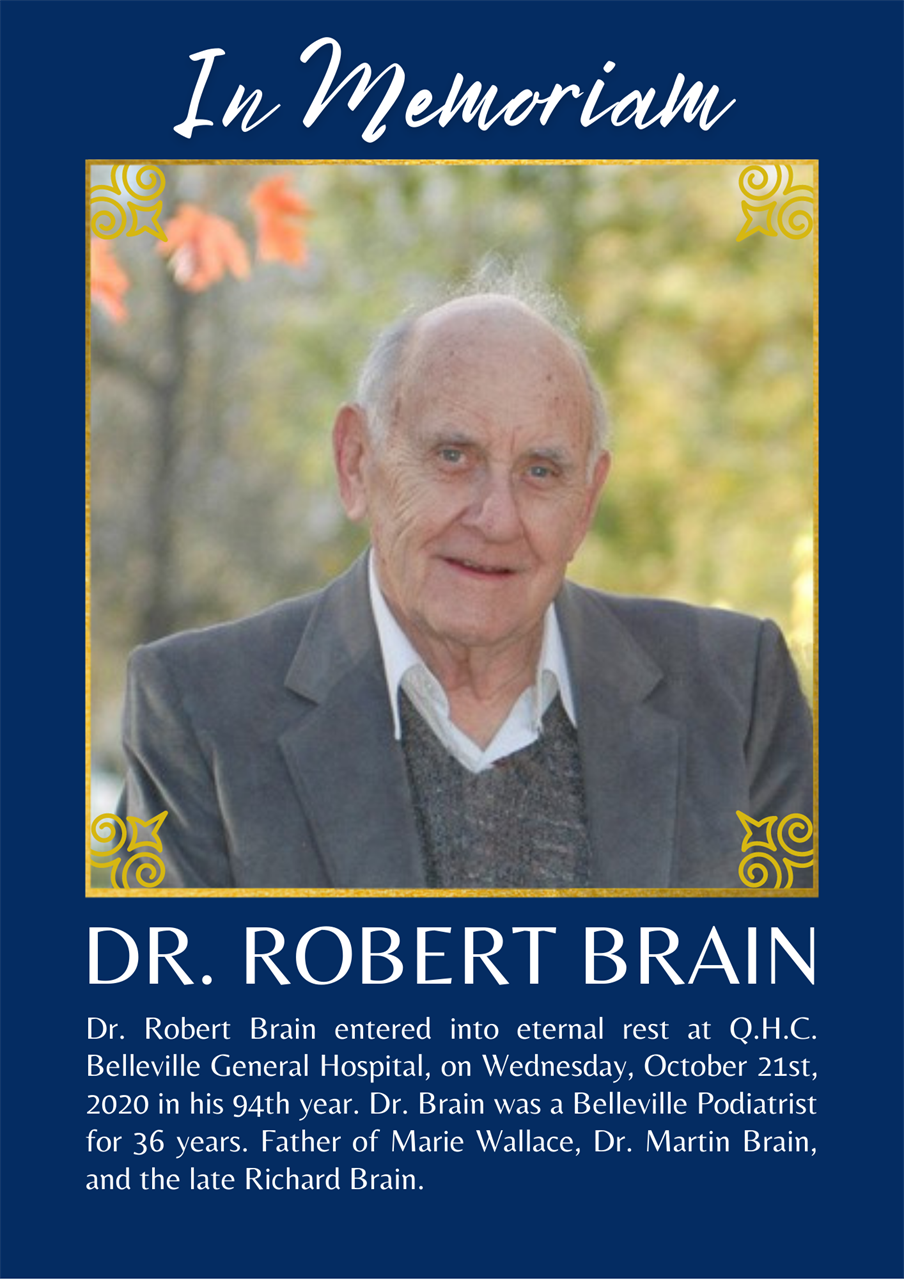|
|

CPMA WebinaR | march 20, 2025 |
Dr. Sheldon Nadal presentation on Minimally Invasive Surgical Treatment for Hallux Valgus and Hallux Varus at the CPMA Webinar on March 20, 2025. |
PODIATRY PRACTICE FOR SALE | GTA |
| Busy, well-equipped, well-established, podiatry practice looking for a new home. After more than 40 years of practice, our building is closing to make way for more condos. Includes:
|
LETTERS TO THE MINISTER |
OPMA Members, please contact Allen Frankel, DPM if you have any locum interests over the 2023 year. Many podiatric practices may need access to qualified podiatric support to meet post-COVID patient demands. Allen’s services are broad spectrum including open, minimal incision, and laser procedures.
Please contact Allen directly. You can reach him at allenfrankel@rogers.com or 647 298 2440 |
|
|
As of July 1, 2023 a renewed and expanded PSHCP will come into force and effect. The new Plan will be administered by Canada Life Assurance, replacing Sun Life. The revised Plan provides up to $500 per calendar year for podiatrist or chiropodist services and up to $250 per year for "orthopedic shoes" (an increase from $150 per year). | The Plan provides health care coverage to federal public servants and retirees, members of the Canadian Forces and the RCMP and employees and retirees of selected other agencies of the Government of Canada. |
LIMB PRESERVATION SYMPOSIUM | MAY 06, 2022
This one-day virtual learning event on limb preservation is a joint venture between Wounds Canada and the Canadian Podiatric Medical Association. The program, chaired by Dr. Ahmed Kayssi, will provide national and international perspectives on the advances in managing diabetic foot-related complications. CLICK HERE TO REGISTER CLICK HERE TO VIEW AGENDA
|
|
LOWER-LIMB PRESERVATION STRATEGY CorHealth Ontario (CorHealth) is excited to announce its Lower-Limb Preservation Strategy (LLPS) with the following goals:
Foundational components of the LLPS are the Ontario Framework for Lower-Limb Preservation, an evidence-informed best-practice roadmap, and accompanying Change Package of ideas, tools and resources. For more information and to view and download LLPS resources, please visit our CorHealth LLPS website. CorHealth is engaging with demonstration programs from across the province to test implementation of the LLPS. We invite you to attend a provincial webinar to learn more about joining us to save lower-limbs. Please forward this message to your lower-limb preservation colleagues and networks and invite them to join you. | STATISTICS Every year in Ontario approximately 1200 people have a major lower-limb amputation that arises from complications of vascular disease and/or diabetes, with annual direct health care costs of approximately $70-105 million. Successful implementation of organized, integrated lower-limb preservation efforts has shown tremendous reductions in amputation rates (up to 85%), saving millions in health care dollars, and most critically, providing standardized best-practice lower-limb saving care to patients and communities. |
NOTICE
TO PATIENTS AND THE PUBLIC ABOUT THE "PODIATRIC CAP" Because of legislation passed over three decades ago, since July 1993 no new podiatrists have been able to be registered to practice in Ontario. No other health profession in Ontario has ever been restricted in this way. It's highly discriminatory and it makes no sense, particularly in today's world when we are facing real human resources deficits in the health professions. It also makes no sense because more podiatrists could keep more people out of hospitals and, thereby, help solve "hallway medicine" and long waiting lists for hospital care that the Ford government claims to want to fix. Since about 60% of podiatrists' patients are 55 years of age or older, the impact of the growing lack of podiatrists is felt particularly by seniors. Nursing homes, retirement homes, home care and supportive housing for seniors are constantly complaining that they can't find enough podiatrists to take care of their residents and patients. Due to this podiatric cap (as it's called) the podiatry profession is getting smaller and smaller in Ontario and will soon disappear entirely. Today, Ontario has the lowest ratio of podiatrists to population compared to anywhere else in the developed world . The time will soon come when you will lose your podiatrist and will not be able to find another . Time to fix this very difficult situation is rapidly running out. JOIN CPMA FOR THEIR NOVEMBER 2021 VIRTUAL CONFERENCE
JULY 5TH IS NATIONAL INJURY PREVENTION DAY
NOT registered yet? There's still time!
Join CPMA & Wounds Canada For Their 3rd Annual Limb Preservation Symposium
|
In most cases, your sesamoiditis can be treated at home. Some of the best treatment methods include:
QUICK FACTS
COVID-19 Skin Manifestations And The Foot: What We Know So FarWhile determining the evolution of this viral disease, health-care providers are sharing their observations in peer-reviewed journals and on social media in order to diagnose COVID-19 faster. Specifically, a colleague sent me a video via Facebook that was originally a lecture from Dr. Maria Del Mar Ruiz Herrera in Spain. One of Dr. Herrera’s PowerPoint slides lists the pedal skin manifestations of COVID-19 as a chilblains-like lesion or as a vasculitis-like presentation on fingers and toes that can occur in children, teenagers and adults who have been diagnosed as positive for COVID-19 or are asymptomatic. Click Here to Read the Full Article Early bird registration ends this Friday April 16th at 11:59 PM!
Mom left with gaping hole in foot after suspected wart revealed to be cancer
A mother in England who first went to the doctor for what she thought was a painful wart on the sole of her foot was left with a gaping hole after she was diagnosed with malignant melanoma that set off a years-long cancer battle. Click Here to Read Full Article INNOVATION PODIATRY DEVICE TAKES TOP PRIZE AT NORTHEAST OHIO INNOVATION CONTEST
A team of Kent State researchers took top prize at the Burton D. Morgan Foundation’s LAUNCHTOWN SOARTM Competition, held at Baldwin Wallace University in April, beating teams from Case Western Reserve University, Cleveland State University, and the University of Akron. Their winnings ($7,000) will allow the team to further develop a device which could solve an age-old problem for diabetics. The device, called a “Shear Force Mat,” represents a breakthrough for physicians seeking to understand the formation of plantar ulcers — one of the most prevalent and dangerous problems facing diabetic patients. Click Here to Read Full Article DERMATOLOGY OF THE LOWER LIMBS SYMPOSIUM
The Order of podiatrists of Québec and the Université du Québec à Trois-Rivières are happy to work together in preparation for the next dermatology symposium. It will take place at the UQTR campus in Trois-Rivières on Saturday November 17th 2018. Dr. Ashfaq A. Marghoob, a reputable American dermatologist whom specializes in dermoscopy will cover the following topics: dermoscopy evaluation of the nails and of the plantar aspect of the foot. Dr. Bernard Cohen, an exceptional dermatologist specialized in pediatric dermatology will discuss the following subjects:
For more Information & Registration The OPMA and its members salute the B.C. podiatrists for taking proper foot health care to the public.Free foot care pilot project in Abbotsford, B.C. showing positive signs for patients.
The Globe and Mail
by Megan Devlin
/arc-anglerfish-tgam-prod-tgam.s3.amazonaws.com/public/WGHKQMKMGRGJNKWV5KKACP3L4Q.JPG) Dr. Scott Schumacher poses for a photograph at his podiatry practice in Surrey, B.C., on Jan. 6, 2018. DARRYL DYCK/THE GLOBE AND MAIL ...The program in Abbotsford, about an hour's drive east of Vancouver, is studying the impact of providing a free foot clinic to vulnerable patients in the dsialysis unit. Poor circulation paired with neuropathy, a lack of sensation in the feet, means these patients are prone to developing open wounds and infections that put them at risk for amputation. Initial results from the three-year study indicate the free care has reduced the number of leg amputations by half, echoing larger studies from the United States that have shown access to foot care reduces leg amputation in diabetics. However, the clinic's future is in doubt. Funding from the BC Renal Agency, which is overseen by the Provincial Health Services Authority, for the three-year project ended at the end of 2017, though the renal agency recently provided additional funding to keep the clinic open until March. Dr. Scott Schumacher, a podiatrist who specializes in diabetic wounds and works at the foot clinic, said there's no question the clinic is saving patients' legs – while also saving the health-care system money... Click Here to Read the Full Article"Putting Your Best Foot Forward Act" Cristina Martins, Toronto MPP. Follow the "Putting Your Best Foot Forward Act". Toronto MPP Cristina Martins (Davenport) tabled her “Putting Your Best Foot Forward Act” today, October 17, 2017, in the Ontario Legislature. The Bill will make changes to the Occupational Health and Safety Act and “prohibit employers from requiring an employee to wear footwear that is not appropriate to the protection required for their work." The President of the Ontario Podiatric Medical Association, James Hill stated: “Clinical evidence demonstrates that wearing high heeled shoes causes a much higher incidence of bunions, musculoskeletal pain and injury than those who do not wear high heels.” OPMA applauds this Private Member's Bill for advancing workers' foot health in Ontario. Click image to view full news Tej Sahota on CH Morning Live Promotes healthcare. Hartley Miltchin, DPM, on behalf of The Ontario Podiatric Medical Association appeared on TORONTO’S NUMBER ONE MORNING SHOW, BREAKFAST TELEVISION on CITY TV to promote FOOT HEALTH AWARENESS MONTH. Dangers of Pedicures CBC INVESTIGATES | Worker with open sore, reuse of disposables among recent problems found at Manitoba nail salons Follow the full story at CBC.ca Learn more about the growing dangers of pedicures and some helpful "Stay Safe" tips in an installment of CTV's "Customer Alert". |























 Legislative Assembly of Ontario Hansard March 21, 2018: Hon. Helena Jaczek (Minister of Health and Long-Term Care):
Legislative Assembly of Ontario Hansard March 21, 2018: Hon. Helena Jaczek (Minister of Health and Long-Term Care): 






.jpg)






